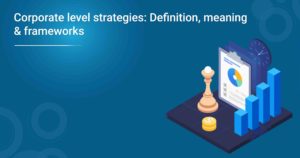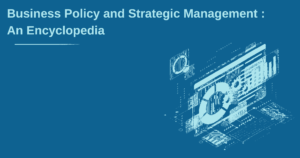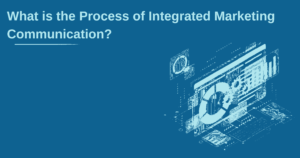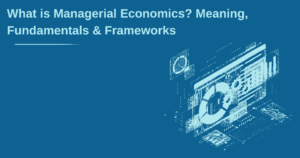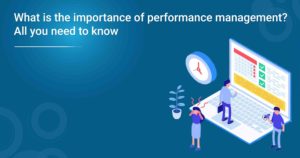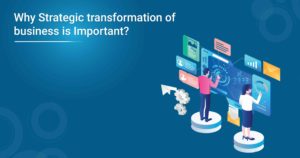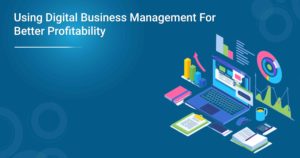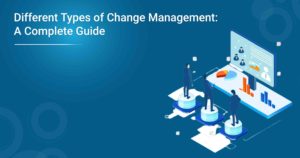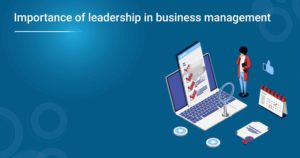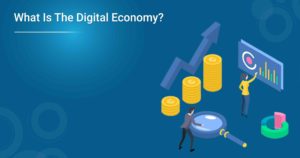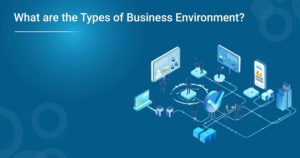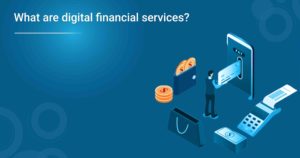Decision-making in Business is one of the most significant aspects of running a business. It involves choosing what products or services to offer, how to price them, where to sell them, and how to promote them. Good decision-making can mean the difference between success and failure for a business.
Good decision-making in business requires careful consideration of all factors involved. This includes understanding the market, understanding consumer needs and wants, understanding your competition, and understanding your strengths and weaknesses. Once all this information has been gathered, you can start making informed decisions about which course of action is the best for your business.
Importance of Decision-Making in Business
Decision-making in business can affect everything from your products and services to how you manage your finances.
Making decisions can be difficult, but weighing up all the options before settling on a course of action is essential. This guide will help you understand the different types of decision-making and how they can impact your business.
There are three main types of decision-making in business: strategic, operational, and tactical.
Strategic decisions are long-term and usually involve major changes to the direction of your business. They’re typically made by senior management and require careful planning.
Operational decisions are medium-term and usually relate to the day-to-day running of your business. They’re typically made by middle managers and often involve trade-offs between different objectives.
Tactical decisions are short-term and usually relate to specific tasks or projects. They’re typically made by front-line employees and often involve local optimisation rather than global optimisation.
The type of decision you need to make will depend on the situation you’re facing. For example, if you’re launching a new product, you’ll need to make strategic decisions about what market you want to target and what price point you want to set. If you’re managing a team of salespeople, you’ll need to make operational decisions about how best to allocate resources amongst them.
7-Step Decision-Making in Business Process
Decision-making is a process that businesses use to identify and select the best course of action to achieve their desired goal. The steps in this process are:
1. Define the problem or opportunity
Defining the problem or opportunity is a critical step in any decision-making process. It involves asking questions to identify and understand the issue, its causes and effects, and who or what is affected by it. This helps define the scope of what needs to be addressed and provides an understanding of how big a task lies ahead. Defining the problem also serves as a solid foundation for developing strategies tailored to achieve desired outcomes. Therefore, taking the time upfront to define the problem or opportunity carefully can help ensure success when deciding how best to address it.
2. Gather information and options
It involves researching potential courses of action, evaluating risks and benefits, examining alternative possibilities, and consulting experts. This helps to ensure that decision-makers have adequate data to make informed choices about their organisation’s long-term success. Collecting relevant data includes:
- Obtaining appropriate facts from reliable sources such as reports or surveys.
- Conducting interviews or focus groups with stakeholders.
- Review existing records or documents related to the issue at hand.
- Performing experiments or simulations.
- Scanning internal databases for useful insights.
Additionally, gathering input from those affected by a decision can help build consensus around any proposed choice before moving forward – thus limiting surprises down the line.
Also Read: What is Digital Financial Services? Explained
3. Analyse the information and options
Once you have all the vital information and options, an essential step in the decision-making in the business process is to analyse everything available before moving forward. It involves breaking down data, researching alternatives, and understanding the implications of each option. This allows us to make informed decisions based on facts rather than assumptions or guesses. During this step, it’s essential to consider all aspects of a potential decision, including possible risks and rewards, as well as any ethical issues that may be involved. Analysing information can help ensure we have all relevant details before moving forward with an action plan.
4. Select the best option
It involves evaluating all options carefully and determining which would provide the most benefit or create the least amount of harm. To select the best option, it’s important to consider data and evidence that support each choice and consult with experts who may have further knowledge about any potential consequences of an action.
Additionally, it’s important to be aware of any potential biases that could influence your decision-making process, such as the personal beliefs or opinions of individuals involved. Ultimately, selecting the best option requires careful thought and consideration before making a final call on what action should be taken.
5. Plan for implementation
It involves mapping out a strategy for taking action and ensuring that all steps necessary to complete a project are accounted for. The plan should include objectives, a timeline, resources needed and a budget. In addition, it should also consider potential risks and contingencies as well as how any results will be monitored and evaluated.
A successful plan will help maximise chances of success by minimising wasted time, effort or money while guiding how to proceed when faced with unexpected obstacles or changes. Planning can make all the difference between failure and success when implementing decisions!
6. Implement the plan
Implementing the plan is the final step in the decision-making in a business process. It involves putting into action all of the decisions made throughout the previous steps of planning, analysis and evaluation. The implementation phase requires clear communication among stakeholders, ensuring everyone knows their roles and responsibilities for this stage. Additionally, it is important to track progress to quickly identify and address any changes or adjustments. The implementation also includes monitoring results to ensure goals are met, evaluating what worked well and determining any areas for improvement for plans.
7. Evaluate the results
Evaluating the results of a decision is an important step in the decision-making process. It provides feedback on whether or not the chosen course of action successfully met its desired outcome. Evaluating results can determine if changes need to be made to improve future outcomes or if more resources should be allocated towards achieving success.
Evaluations help to identify what worked and what didn’t, allowing for better-informed decisions further down the line. This can also ensure that potential risks are identified and managed before they become costly. Ultimately, taking time to evaluate the results of a decision will save time and money in the long run by pinpointing areas where improvements can be made quickly and efficiently. This process helps businesses to make sound decisions that will lead to positive outcomes and help them achieve their goals.
Decision-Making in Business Models
Decision-Making Models are tools used to help decision-makers identify, analyse and prioritise potential solutions to a problem. They can help make decisions in both personal and professional contexts. There are several different types of Decision Making Models, including Rational Choice Theory, the Delphi Technique and System Dynamics.
Each model has unique strengths and weaknesses that should be considered when evaluating which option best fits the needs of a particular situation. Ultimately, each Decision-Making in Business Model is designed to provide structure, clarity and guidance during the decision-making process while allowing individuals to remain creative and open-minded in their approach.
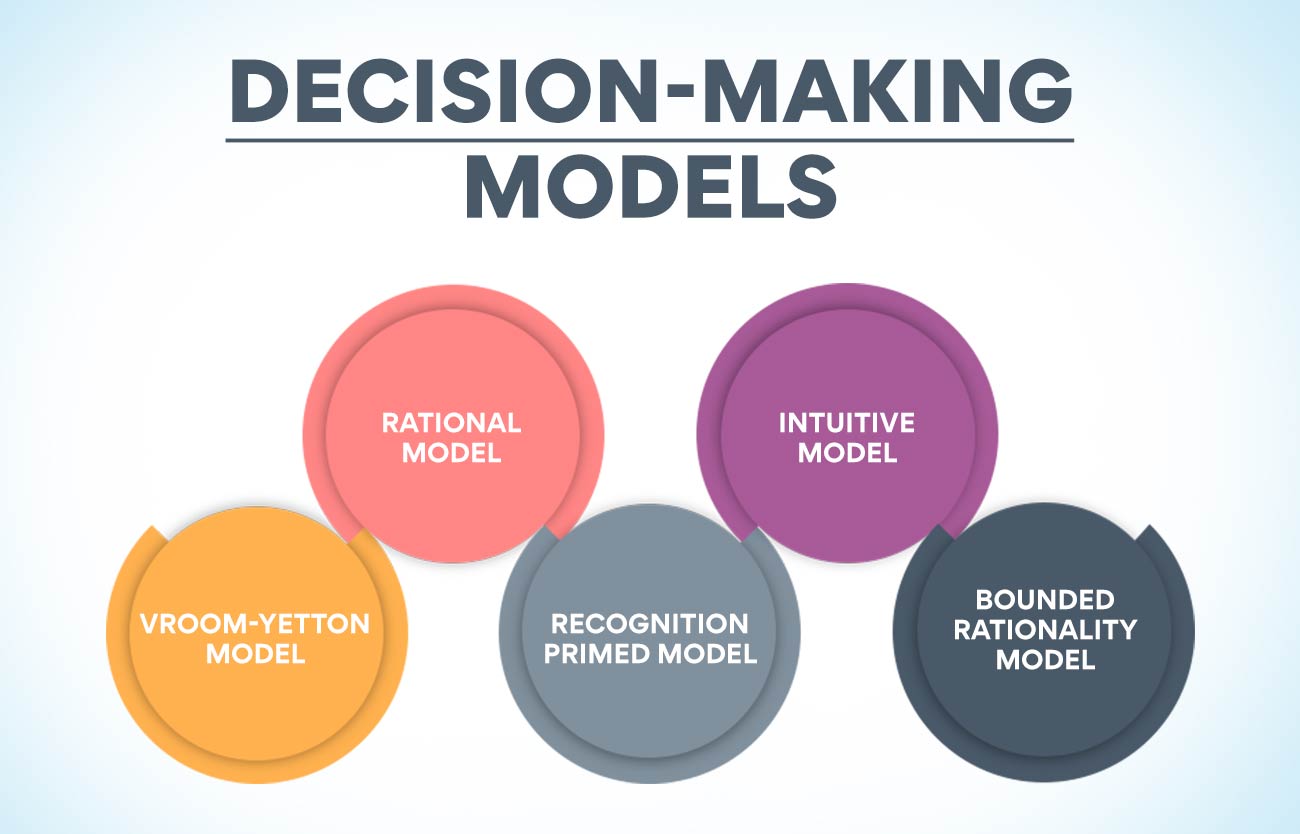
Rational Model
The Rational Model of decision-making is a systematic approach to the problem-solving and decision-making process. This model provides a logical, step-by-step method for making decisions that are based on facts and data rather than emotion or bias. The main features of this model include the following:
1) Identification of the Problem: Before making any decisions, it is important to identify and analyse the problem at hand. This involves analysing the situation from multiple perspectives to understand its cause and potential solutions.
2) Gathering Information: Once the problem has been identified, it is essential to gather information about possible solutions through research or consulting experts to determine which solution will work best for the organisation or individual involved.
3) Assessing Alternatives: After collecting data on potential solutions, it is necessary to assess each alternative in terms of cost efficiency and other criteria such as feasibility, effectiveness, etc., so that only those options with positive outcomes are chosen as viable alternatives.
4) Making Decisions: After assessing all available alternatives according to whatever criteria have been set forth by stakeholders, it is time for management or leadership personnel responsible for deciding upon a course of action must come together and make an informed choice that takes into account both rational analysis as well as personal preferences before finalising their selection.
Benefits associated with using this type of decision-making model include the following:
- Improved accuracy due to relying on factual evidence instead of intuition. Increased objectivity since opinions doesn’t play into the decision-making process.
- Greater consistency because all participants use identical sources when considering different paths forward
- More efficient implementation since everyone understands what needs to be done when they agree upon a solution.
- Better buy-in from stakeholders due to their involvement in every stage, along with being apprised throughout proceedings
- Enhanced accountability results from having a clear chain of command throughout deliberations while also providing traceability should something go wrong.
Intuitive Model
An intuitive decision-making model is a type of decision-making model which relies heavily on intuition and gut feelings. It is often used when making high-risk decisions or involving complex data with many variables.
The main feature of the intuitive decision-making model is its reliance on instinct to make decisions, rather than traditional analytical approaches that rely mainly on facts and data. This allows users to draw upon their personal experiences, values and beliefs to devise creative solutions for difficult situations. Consequently, this type of decision-making is suitable for scenarios where there may not be enough reliable information available, or the situation requires creativity due to its complexity.
Another key benefit of the intuitive decision-making model is that it can provide users with an immediate response, allowing them to react quickly in uncertain or fast-paced environments such as emergencies or markets requiring rapid responses from investors. Additionally, unlike more analytical models, which require substantial time commitments from users, an intuitive approach can allow individuals to make quick judgments without being bogged down by excessive research and analysis processes.
Despite these advantages, there are certain drawbacks associated with using an intuitive decision-making model, including potential bias due to personal experiences influencing outcomes as well as a possible oversimplification of complex problems leading to less optimal results than if more effort had been put into researching all angles before coming up with a solution (ease trap).
Furthermore, since this kind of approach generally does not consider external factors such as market trends etc., it should only be used when other sources cannot provide comprehensive enough insights into what would constitute a successful outcome for any given problem/solution scenario (could also increase risks associated with implementing said solution).
In conclusion, while the use of Intuitive Decision-Making in Business Models has several benefits, such as providing quick responses when needed and encouraging creative thinking – it must still be used cautiously alongside other forms of analysis so that any potentially damaging constraints may be taken into account before finalising any decisions made based upon this method alone.
Also Read: Types and Methods of Demand Forecasting
Vroom-Yetton Model
The Vroom–Yetton model is a decision-making business model designed to help managers make decisions about how best to approach a particular problem. Victor Vroom and Phillip Yetton developed it in 1973. The model provides guidance for managers on selecting an appropriate leadership style based on the amount of involvement or participation desired from their subordinates and the level of uncertainty associated with the situation at hand.
The basic idea behind the Vroom–Yetton Model is that different levels of decision-making require different management styles and involvements – such as autocratic (leader makes all decisions) vs democratic (all members participate). This means that when faced with a difficult decision, it can be beneficial for leaders to consider which style would work best given the available information and resources and what goals they are trying to achieve.
The primary benefit of using this decision-making process is that it allows leaders to assess situations better before choosing an action plan. This helps them avoid making hasty decisions without considering other factors like group dynamics or potential outcomes. Additionally, because this method encourages open communication between team members during discussions surrounding essential topics, there is less chance for misunderstandings or disagreements down the line regarding who made what choices or why those selections were made in the first place.
Considering each person’s experience and expertise when deciding upon an action plan instead of relying solely on one individual’s opinion allows for more balanced opinions, which may result in better outcomes overall than if one single voice had been relied upon without further investigation into others’ perspectives. This increases efficiency since everyone involved feels heard while still allowing efficient time decisions due to having already outlined parameters of various options within several predetermined models before commencing discussion around hypothetical courses of action – reducing wasted time debating issues outside the scope that could have been addressed beforehand through proper use pre-established models such as Vroom-Yetton’s.
Utilising a framework like Vroom–Yetton Model can be beneficial in helping teams come up with practical solutions quickly while still ensuring all voices are considered carefully before any conclusions are drawn. By considering multiple perspectives throughout each step and understanding exactly what kind of managerial approach should be taken depending on current circumstances, collective wisdom can ensure optimal results over-relying on one individual alone whenever complex problems arise, requiring rapid yet thoughtful resolutions.
Recognition Primed Model
The Recognition Primed Decision (RPD) model is a type of decision-making in a business model that relies on the recognition and experience of an individual to make decisions. Developed by Gary Klein, this model focuses on recognising patterns in situations that can help people make quick decisions without having to analyse or process data. This method is based on the belief that experienced professionals do not need detailed information or analysis when making decisions; instead, they can draw upon their previous experiences and recognise similarities between them and the current situation to come up with a good solution quickly.
One advantage of using the RPD model is its speedy nature: it helps individuals rapidly assess different options and determine the most effective given their current situation. Additionally, because it relies heavily on personal experience, this method allows for more creativity than traditional analytical approaches, as it encourages individuals to think outside the box when solving problems. Furthermore, since this approach does not require extensive amounts of data collection or processing time, it allows for quicker implementation of solutions.
Another benefit provided by RPD models is that they encourage collaboration among professionals who have similar experiences and knowledge bases through sharing stories about how they handled similar challenges in other contexts. This provides an opportunity for team members to compare notes while also building trust within teams due to improved communication processes. Additionally, such collaborative activities help strengthen relationships between individuals and organisations involved in projects where multiple parties must work together efficiently towards achieving the same goal(s).
Finally, another benefit offered by utilising RPD models is that these methods can easily be adapted according to contextual changes since each situation will present unique opportunities for problem-solving; thus allowing users to implement versatile strategies depending on what fits best with changing conditions at hand. In addition, such flexible approaches are beneficial for those working under tight deadlines since there will likely be less wasted energy due to fewer errors from wrong assumptions being made priorly.
Overall, recognition-primed decision-making models enable faster response times and ensure accurate results. The experiential nature helps enhance collaborative efforts amongst professionals with similar knowledgebases while providing efficient solutions regardless of circumstantial changes. Thus, this method offers a reliable and beneficial approach to problem-solving and decision-making.
Bounded Rationality Model
The bounded rationality model is decision-making in the business model based on the idea that humans are limited in their ability to make decisions due to time, information and cognitive constraints. This model suggests that people do not always have access to all of the facts or have enough time or resources to weigh up all potential options before making a choice. Instead, they rely on intuition, heuristics and their own experiences when making decisions.
The main benefit of the bounded rationality approach is that it explains why non-optimal choices are often made instead of purely rational ones. It considers how human psychology affects our decision-making processes and reflects real-life situations more accurately than traditional models that assume perfect knowledge and unlimited resources. Additionally, this model allows us to account for ‘irrational’ behaviour such as risk aversion or loss aversion – behaviours which cannot be explained by pure rational analysis alone but can still be observed in practice.
Adopting a bounded rationality approach also has implications for policy design; rather than trying to achieve ideal outcomes through complicated rules or regulations, policies should consider peoples’ limitations when it comes to understanding complex systems or weighing up multiple options to produce better results overall.
Finally, since this approach recognises the role played by emotions and personal biases when making decisions, it helps us understand how these factors can influence individual behaviour even if they don’t necessarily lead them towards an optimal outcome – something which could help inform strategies like marketing campaigns where companies need insight into what drives consumer preferences over specific products/services etc.
In conclusion, the bounded rationality model offers valuable insights into how people behave when faced with difficult decisions due to its focus on psychological aspects such as intuition and emotion as well as practical limitations like time constraints or lack of information – allowing us both to understand irrational behaviour better but also helping improve policy design so that solutions are tailored towards actual user needs rather than theoretical ideals.
Conclusion
Decision-making in business is an essential activity for any organisation. It involves analysing available data and options, weighing the merits and drawbacks of the options, and choosing the best course of action to achieve desired results. By clearly understanding decision-making processes, businesses can make better decisions based on sound information and research that will lead to improved performance. This includes increasing profits, enhancing customer satisfaction, reducing costs or improving operational efficiency. Ultimately, effective decision-making leads to tremendous success for the company as a whole.
The Executive Development Programme in General Management course is an important resource for helping business professionals understand the importance of decision-making. This comprehensive programme provides detailed instruction on how to develop a strategic approach towards problem-solving, analyse issues through research and data analysis, and effectively engage stakeholders throughout the process. Additionally, it offers guidance on making ethical and financially sound decisions while considering long-term implications for the company’s success. With this knowledge, executives can become more confident when making key business decisions that will have lasting impacts on their organisation.
More Information:
What are the Types of Business Environments?
What is the Scope of Macroeconomics in Management?
Importance of Digital Marketing for the Success of a Business






_1672046778.jpg)


